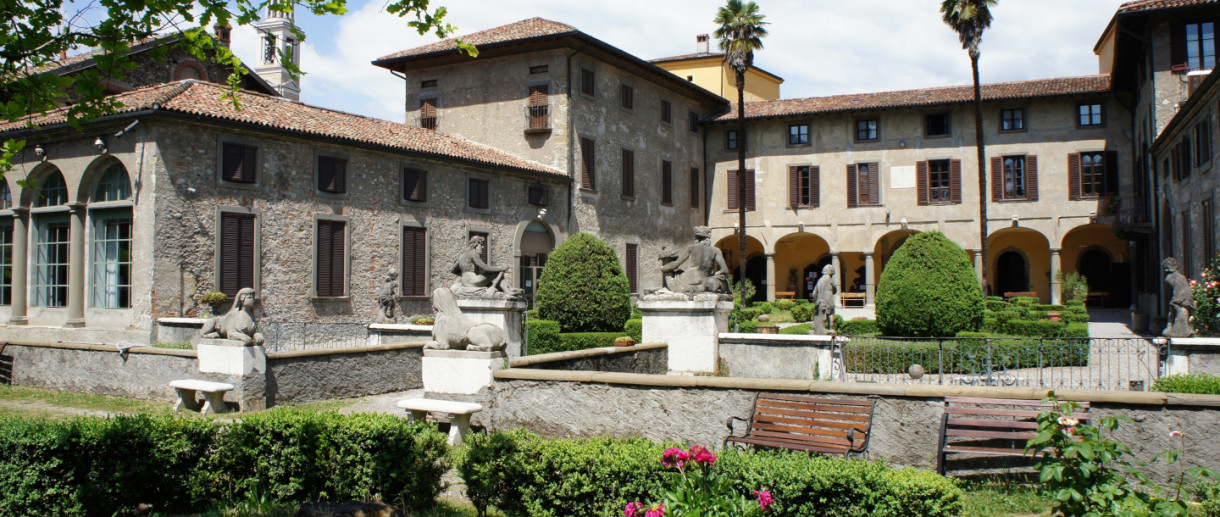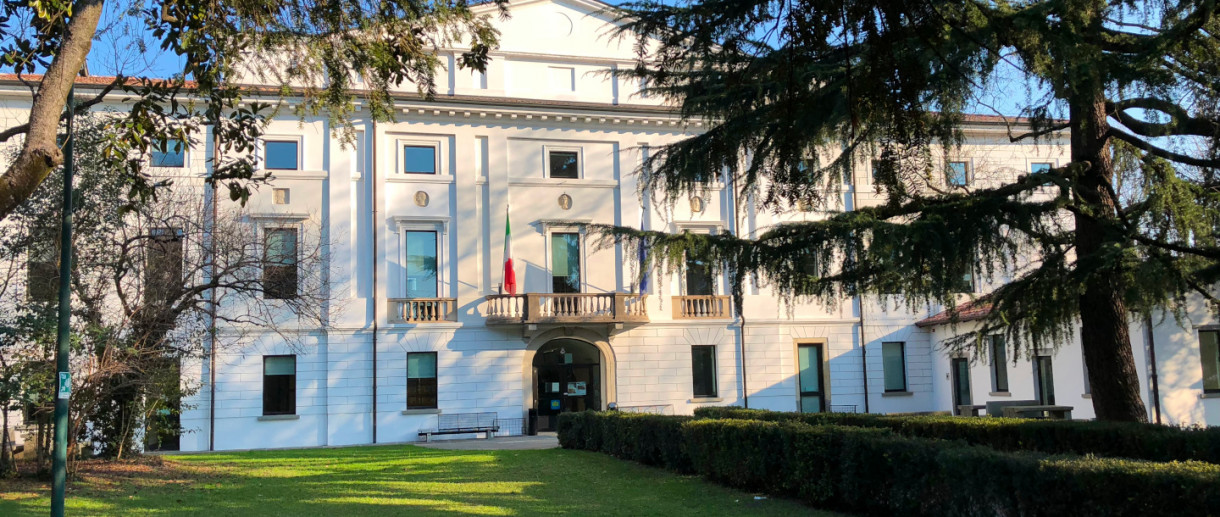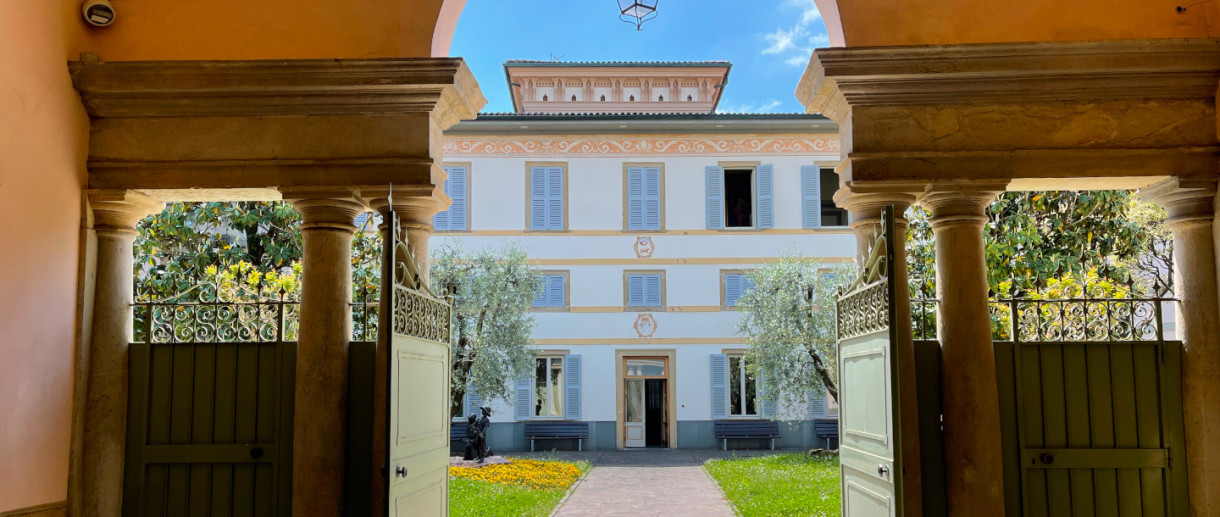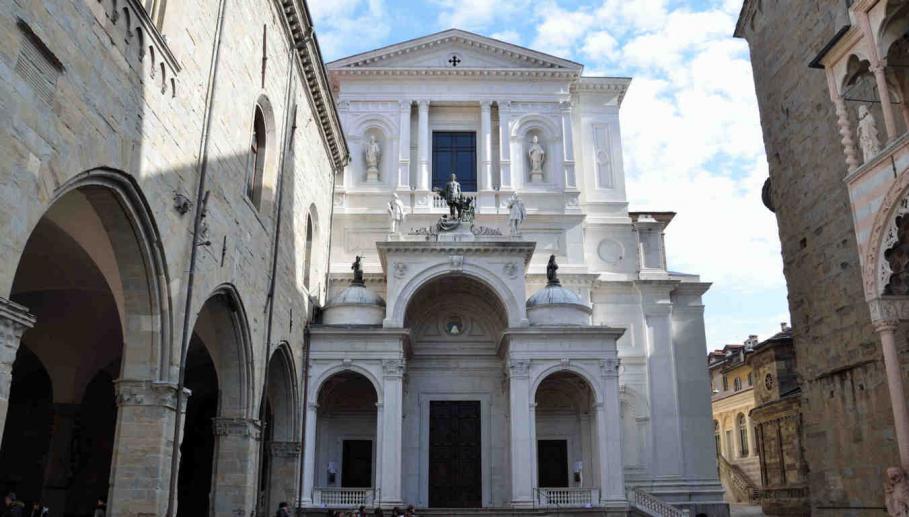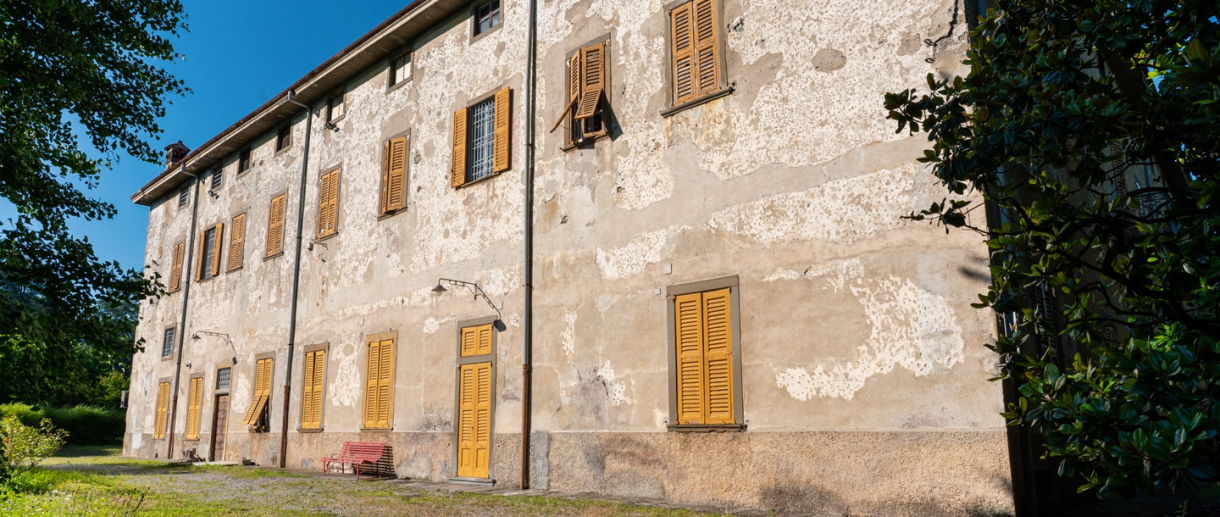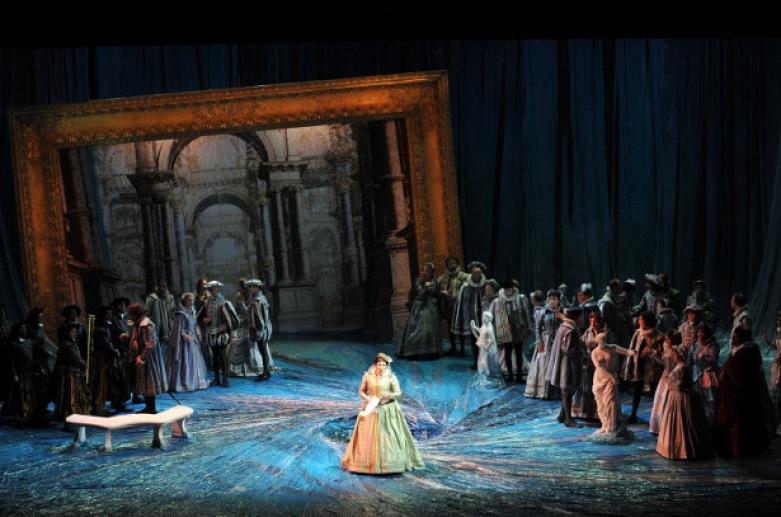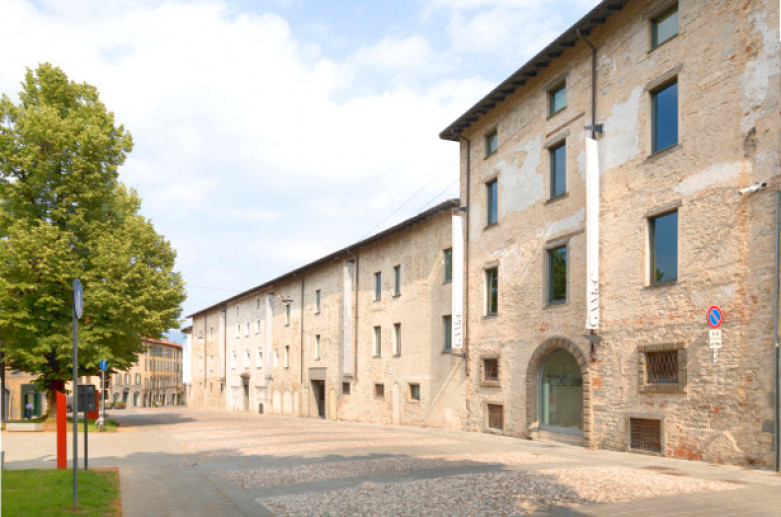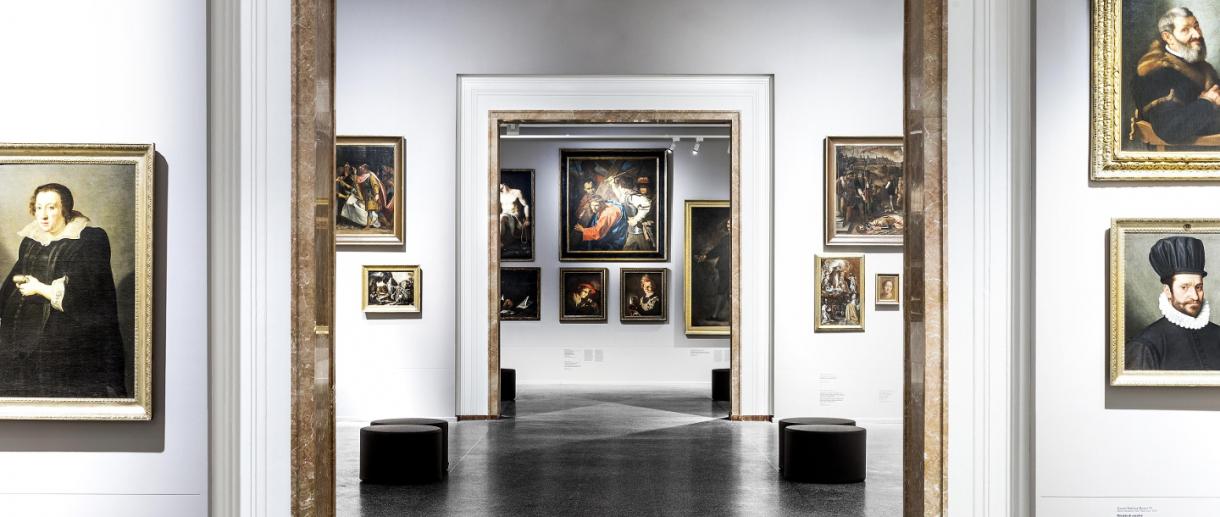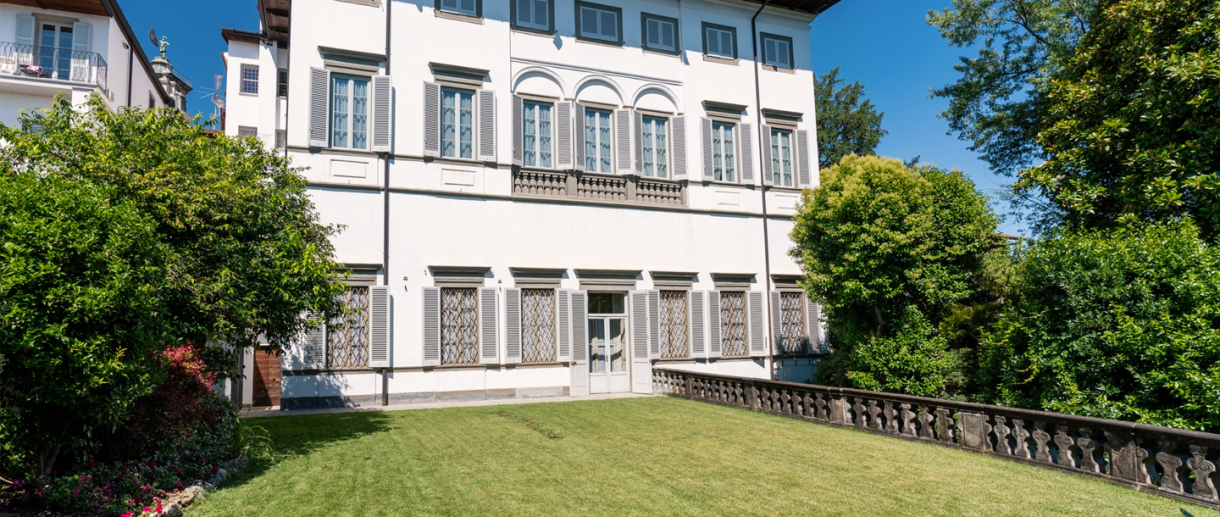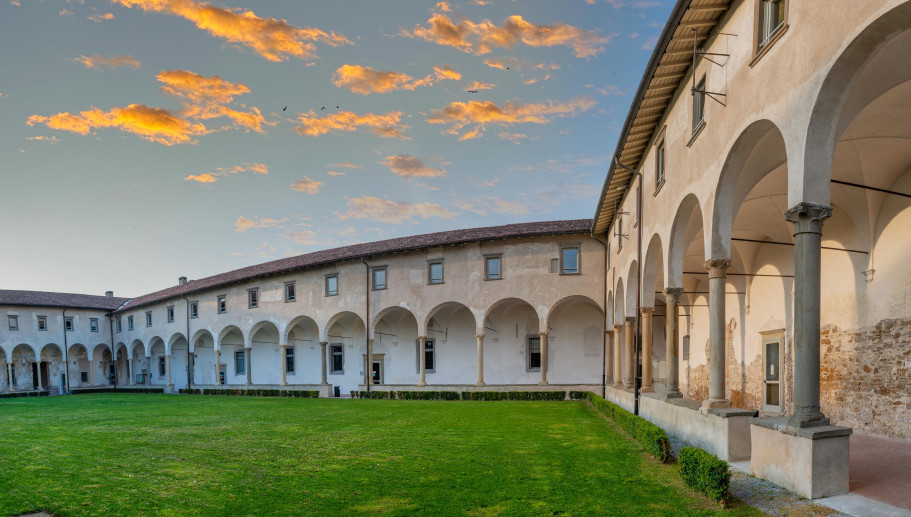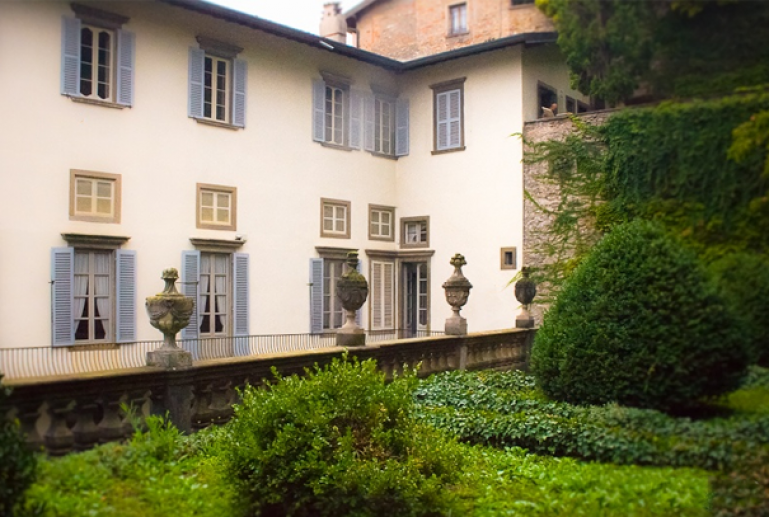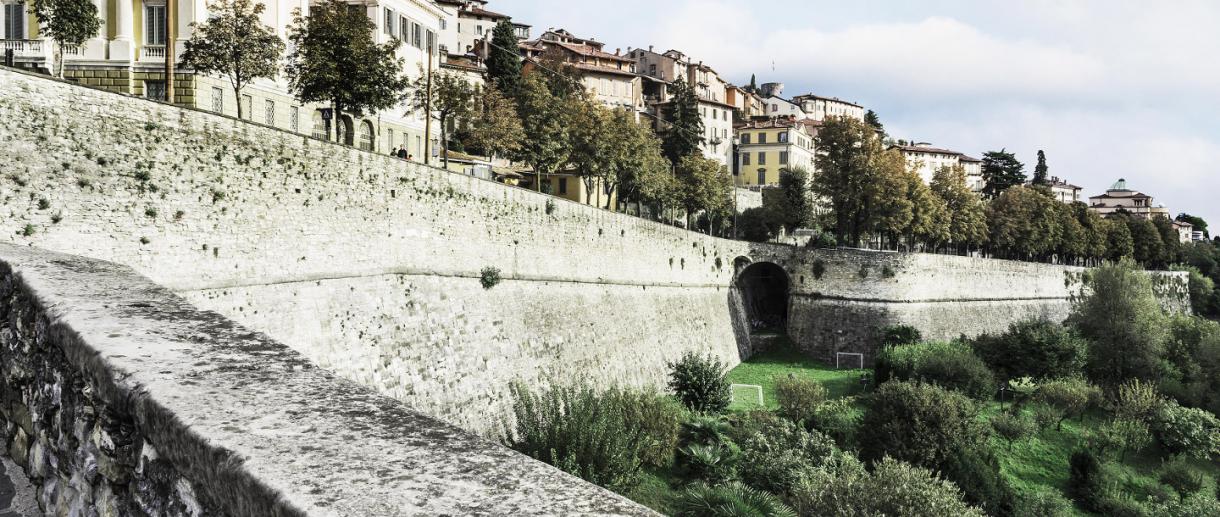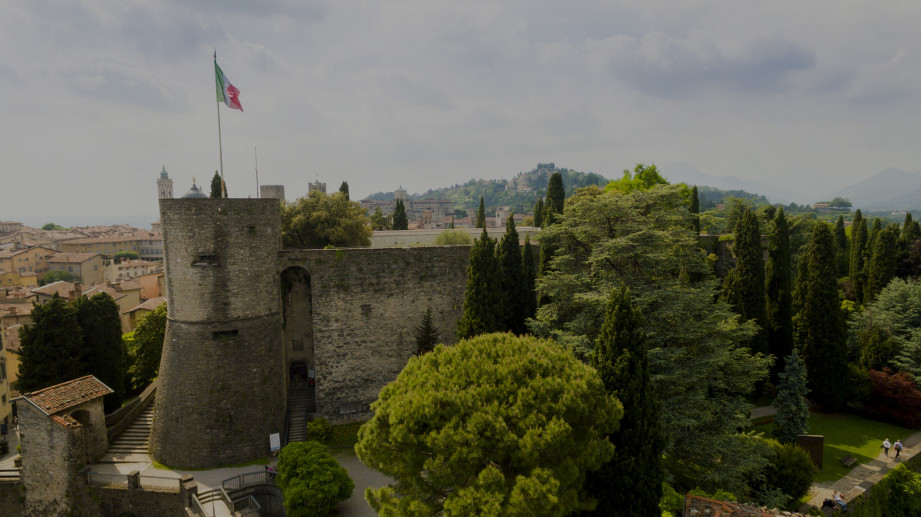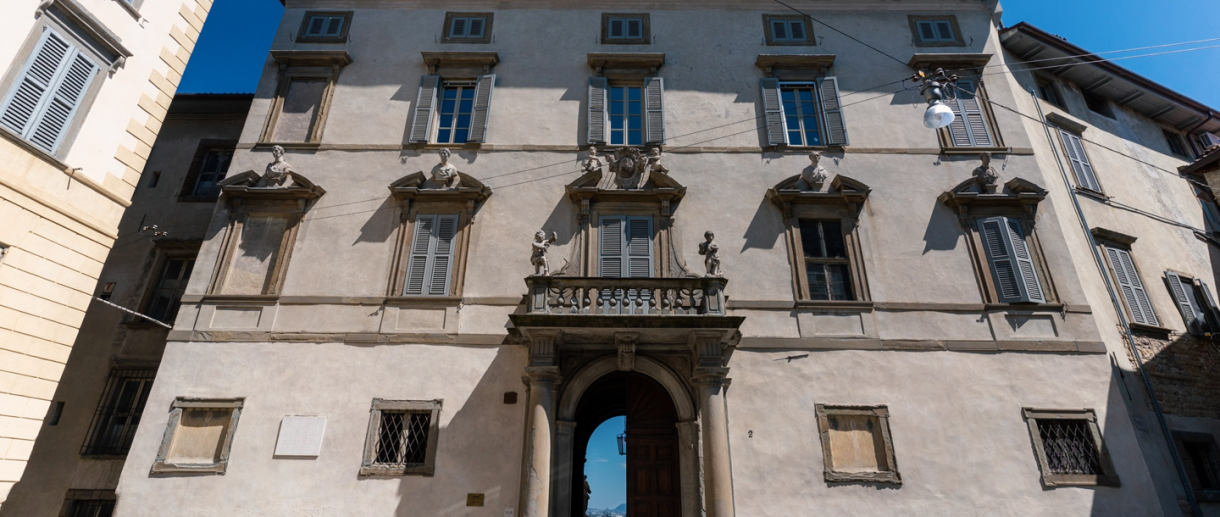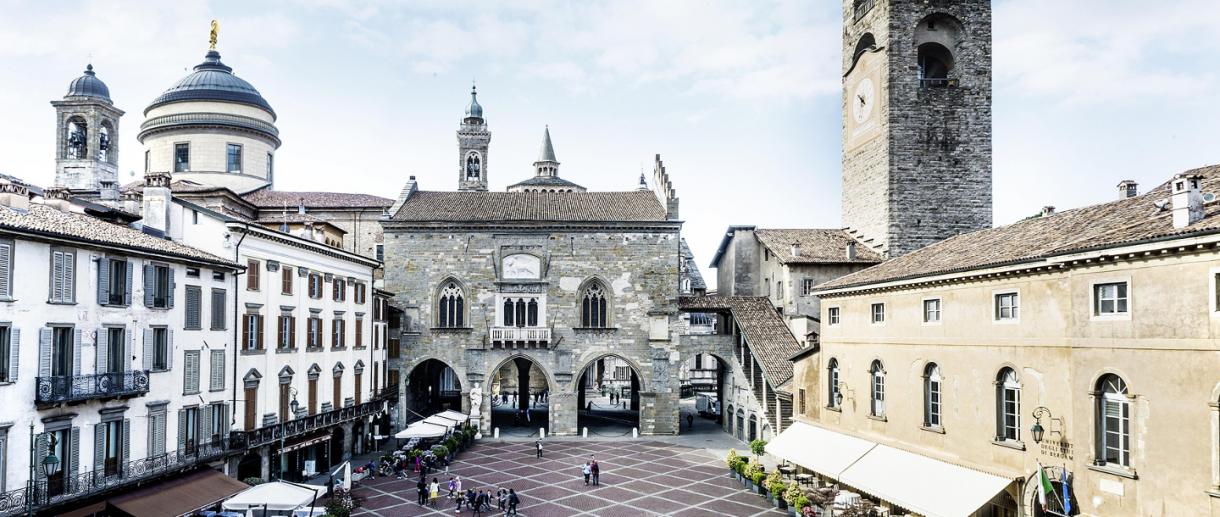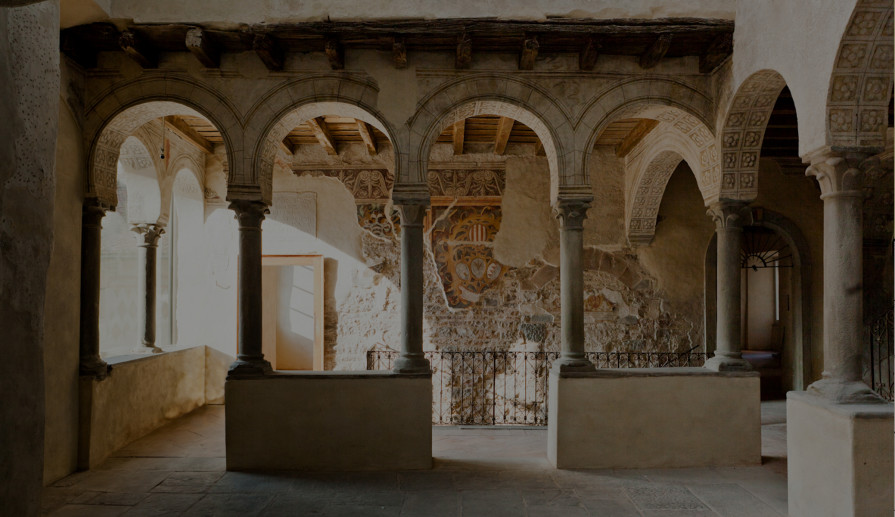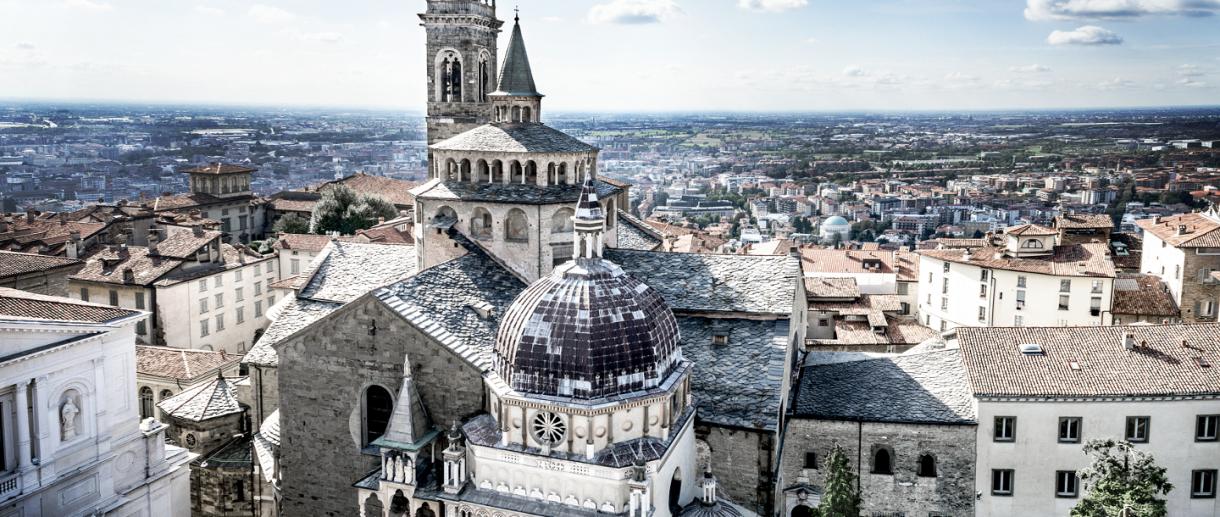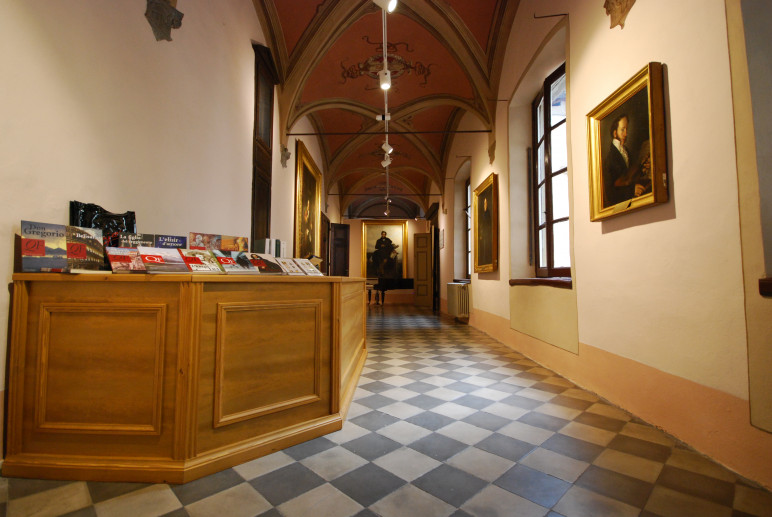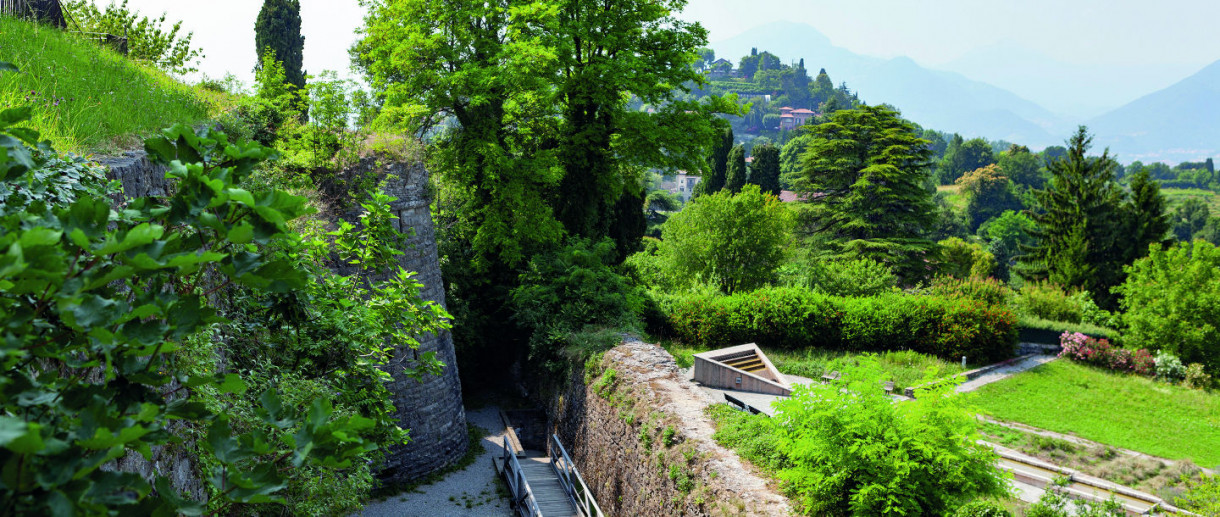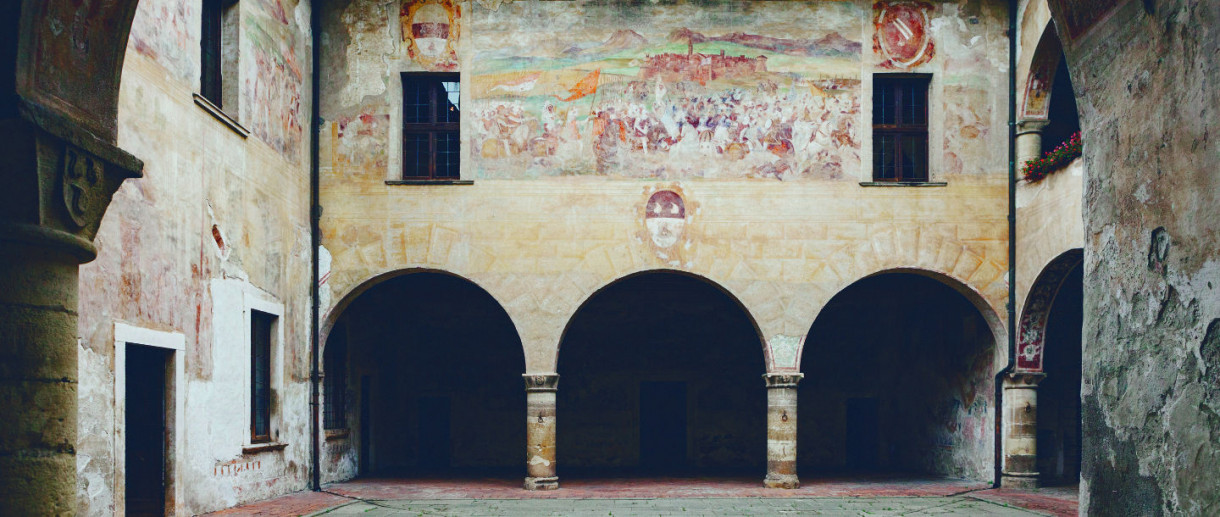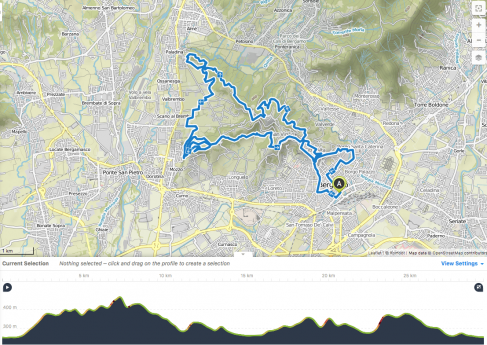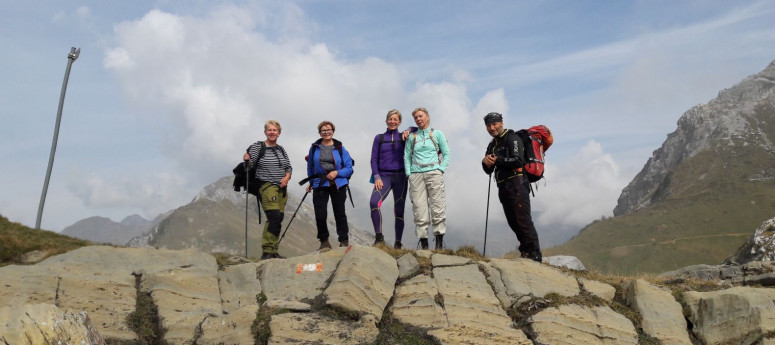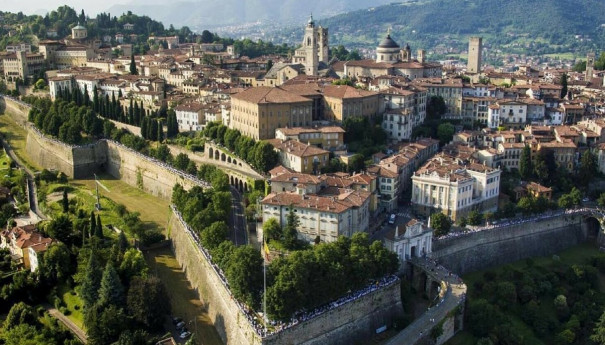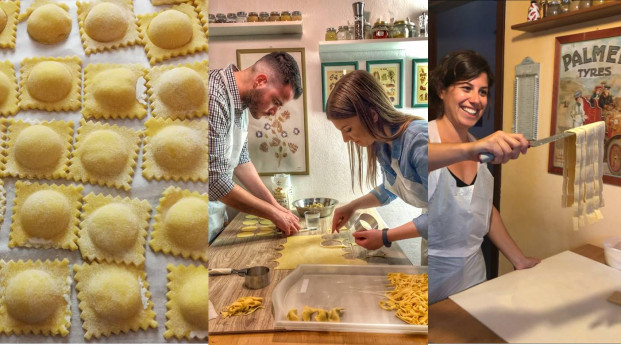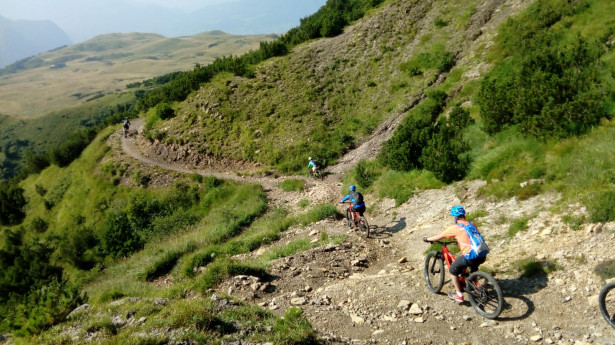- Art & Culture
Villa Piccinelli
Splendid Neoclassical villa, known for hosting the first experiments for the production of artificial cement in Italy.
Villa Piccinelli is a splendid Neoclassical villa in Seriate, in the province of Bergamo. It was built in the 18th century by the Piccinellis, a rich family of traders and industrialists.
The villa has a characteristic L layout and a portico that covers the whole main façade. Around the villa is a large garden featuring an artificial hill and a grotto created in 19th century style. The gardens extend along the upper bank of the River Serio and containa wide variety of plants, both native and imported from Asia, Africa and America. In 1860, Giovanni Piccinelli had a greenhouse built in the park in Moroccan style, intended as a winter garden and still used today as a gazebo. On special occasions, the greenhouse and park are used for exhibitions as part of cultural events.
The villa is known above all for having hosted the first experiments for the production of artificial cement in Italy. In 1864, Giuseppe Piccinelli, a landowner from Scanzo, identified a quarry of calcareous marlstone on his lands, which could be used to make hydraulic lime. Curious about this innovative material, Piccinelli began to experiment with its production, baking the marlstone in a rudimentary oven in the villa’s park, and grinding the material in a nearby mill. The hydraulic cement made by Piccinelli turned out to be of excellent quality and he then founded a company to manufacture it in 1864, which went on to become the Bergamo company manufacturing cement and hydraulic lime, better known as Bergamasca Cementi, then Italcementi SpA.
